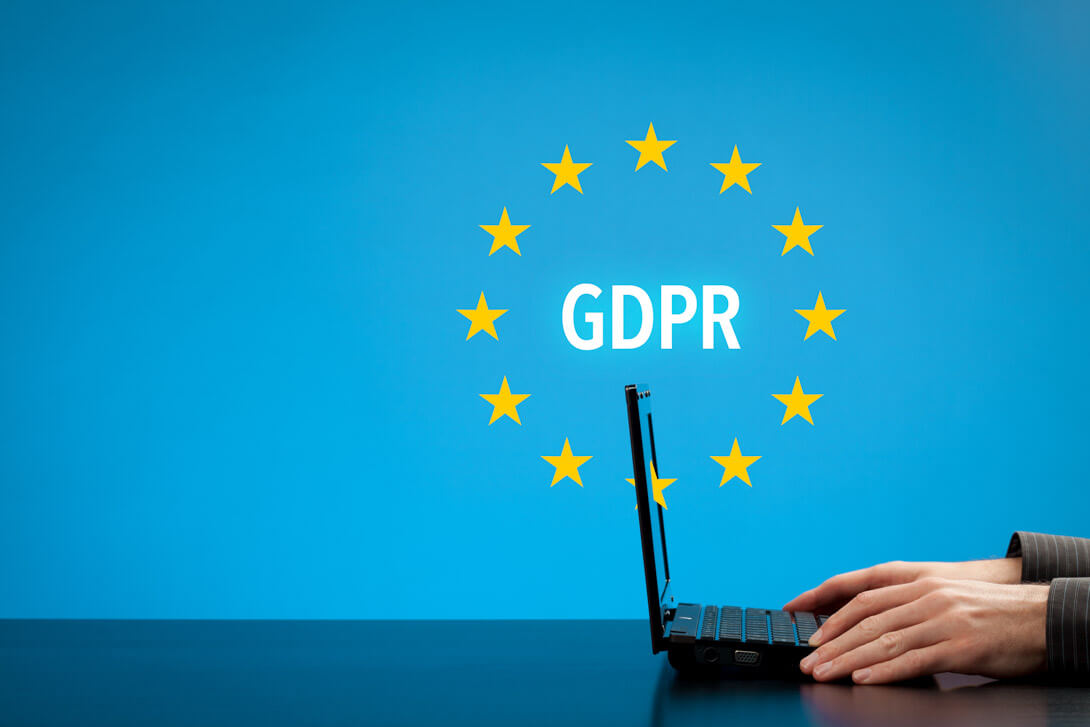Cloud Computing is Opening the Gates For Shadow IT Risks
Biggest security risks of Shadow IT can be best described as the apps and services used by the employees of an organization without the approval of the IT department. The employees may have downloaded some apps and software to increase the ease of working or to attain greater productivity, but these are without the usual security and control protocols enforced by the IT department. Also, nowadays, cloud-based solutions are easy to use and free to consume but lack visibility and control in operations. With the employees downloading and installing their own software to achieve certain tasks, it is estimated that such downloads run into hundreds without the IT admin knowledge.
How to Mitigate the Security Risks of Shadow IT and Achieve GDPR Compliance?
The General Data Protection Regulation (GDPR) Act shall be regulated from May 25th, 2018, and the enterprises and their associates need to strictly protect the personally identifiable information of European Union residents. The enterprises in the U.S. and the EU are working overboard to bring their systems and organizations in line with the GDPR compliance by restructuring systems, tightening security, and retooling permissions. But with problems with Shadow IT, it is another story and the enterprises have limited control over users who set up their own cloud services and apps. And it is no surprise that more than 80% of the IT pros say that their employees implement unauthorized cloud services in their organization. More than 40% of the respondents were aware of the fact that the data Security of the enterprise was at with security risks of Shadow IT. For enterprises trying to achieve various security compliances like GDPR or HIPAA, Shadow IT cyber security is undeniably a weighty challenge, and if not addressed, may result in potential losses through the way of hefty fines. For reference, GDPR fines can go up to 10% of the company’s annual global returns in some EU member states. Also, to be noted is that GDPR will be enforced by both the EU regulatory body and individual member states; thus entailing a fine on the non-compliance enterprises by both of them.
The Emergence of Shadow IT
Security is often regarded as a constraint by enterprises due to its pricing and usability and is not yet considered a top priority on the must-have list. As a result, only around 10% of the cloud services meet the Shadow IT security and compliance requirements of the organizations.
How to Eliminate Security Risks of Shadow IT?
Shadow IT breach is an acute problem and should be dealt with at every level by adept security processes, oversight, and fragmentation. While it is impossible that companies go around from desk to desk and plugin every leak, still they can diminish the security risk associated with Shadow IT through routine data audits, enforcement of stringent policies, and effectively train their staff to have knowledge of risks of unauthorized downloads. The enforcement of strict policies helps in preventing unauthorized access to systems, devices, and services. The training program has to slot in lessons to the employees on the importance of GDPR rules and the losses that can incur if not adhered to strictly. Training sessions on user permissions, data storage, and uses have to be provided so that the sensitive data remains safe and secure within the organization. The employees have to be trained to be extra vigilant on sensitive data and report any suspicious activity like the unauthorized download of services and apps.
Digitized Workplaces Seen through GDPR Perspective
The EU’s GDPR regulation needs that enterprises to seriously look into their Shadow IT activities. The GDPR will require that the enterprises-
- Focus on shared data
- Focus on all the personal data
- Report data leaks within 72 hours
- Assess and monitor data transfers across boundaries between entities
- Impose rigorous sanctions on data that can impact its reputation
With appropriate policies in place, enterprises can effectively combat the challenges posed by Shadow IT policy and hence achieve GDPR compliance. To add another extra layer of security to fill the gaps in the cloud security systems, enterprises can also go for effective CASB solutions provided by eminent cloud security vendors, which work as a missing link; thus enabling the corporate houses to achieve greater data security and cloud data visibility.

